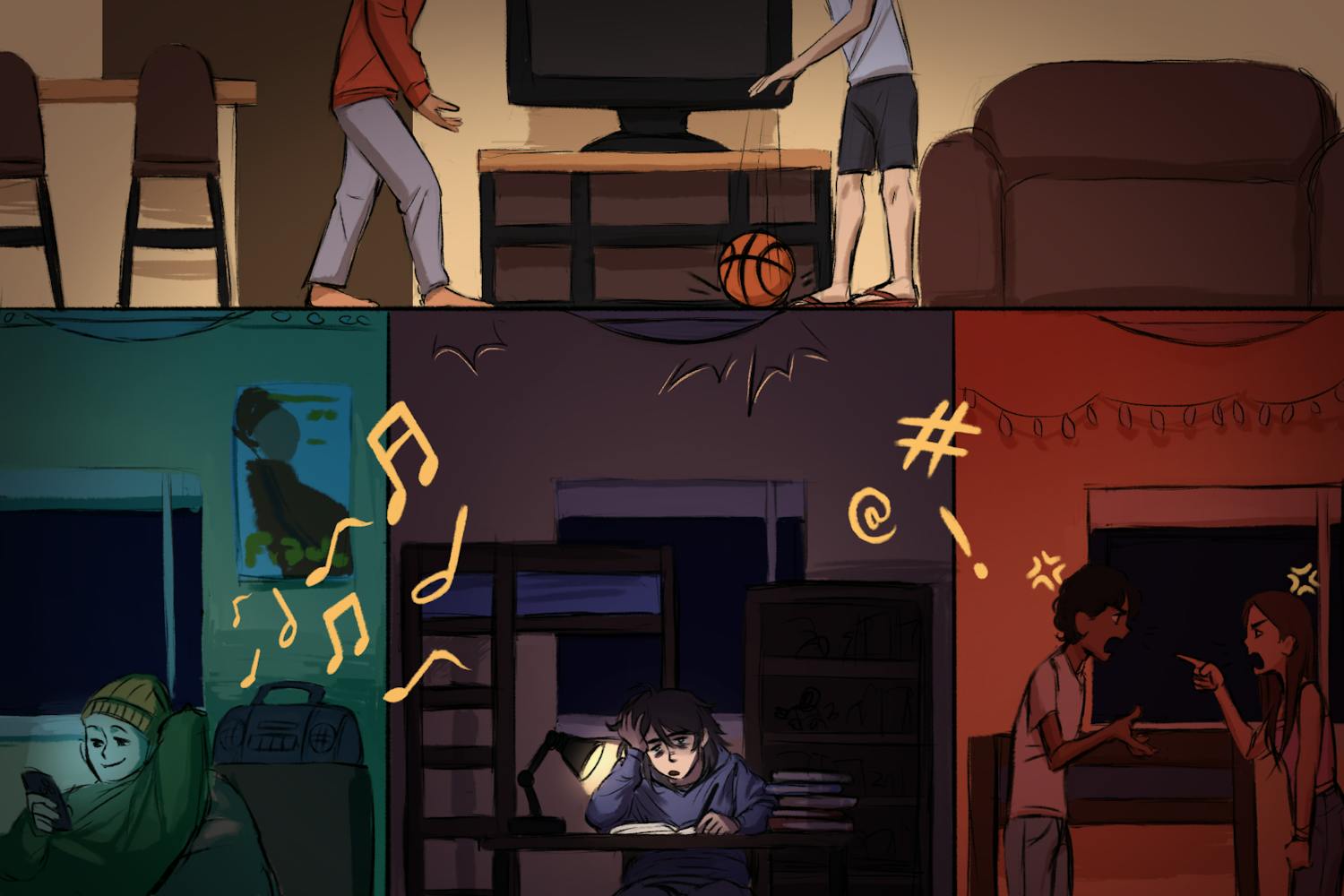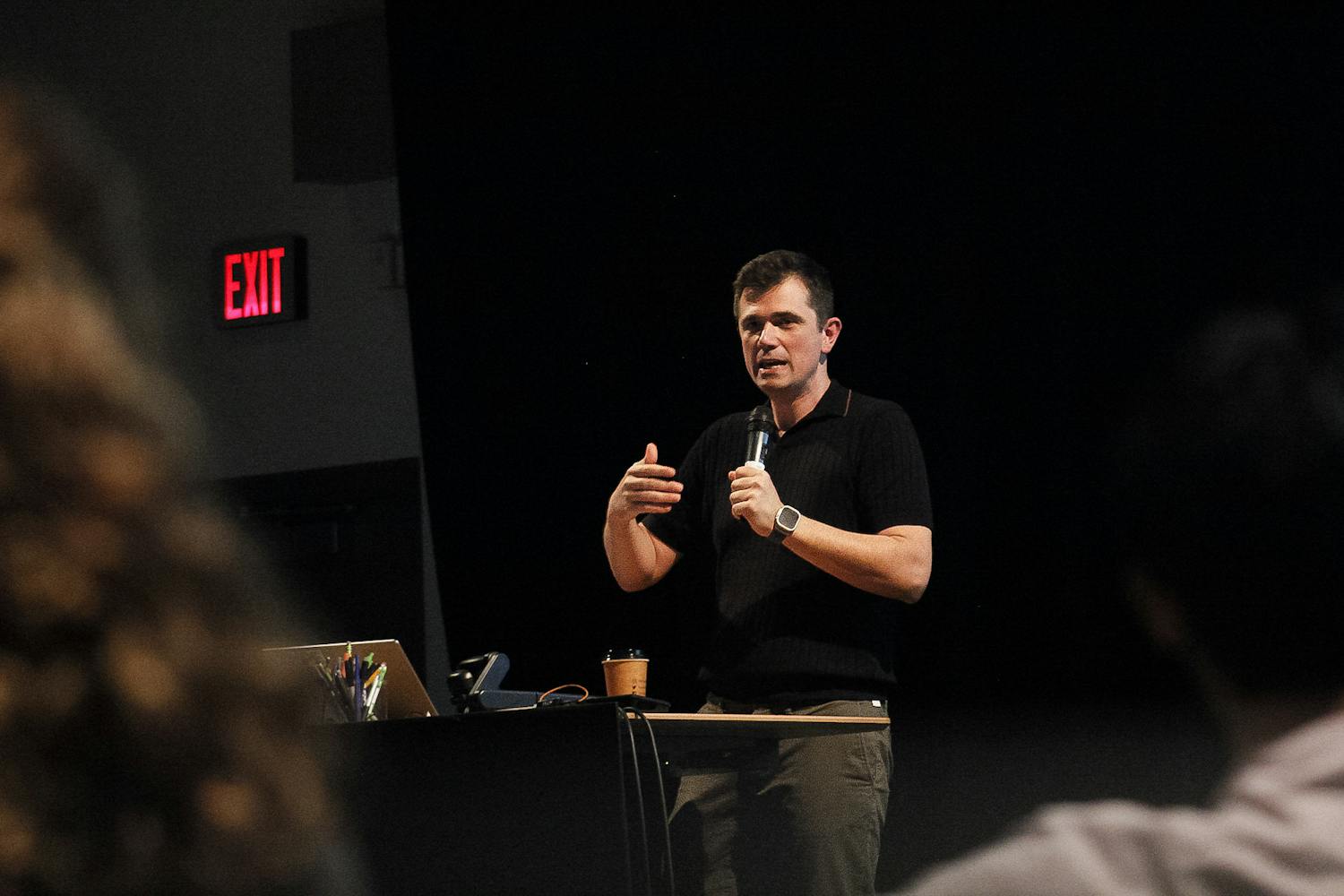Instruments, much like the people who play them, come in all shapes, colors and sizes. Some are brass and need a strong set of lungs and plenty of saliva to produce that sweet, sweet music. Others are made of plastic and metal and require only a sharp brain and dexterous fingers. Keyboard anyone?
And yet, there are still other instruments which require no real skill, knowledge or musical talent of any kind. Sounds too good to be true, right? Wrong.
As music therapy senior Maggie Murphy explains, instruments are often times odd and abstract — random objects found around the house, work place or classroom.
“We sometimes work with kids and adults who have disabilities,” Murphy says. “Therapy work with a patient who might have a trouble grasping with their hands can be easily overcome with a bracelet made out of bells.”
Some of the patients suffer from Alzheimer’s, and the music they create often times helps them remember even the smallest of details. The music helps them more easily remember and repeat certain therapies.
“The use of rhythm helps to improve the gait of someone who had a stroke,” explains Murphy. “Also, teaching a song about money to help a child with William’s Syndrome to learn life skills such as paying for something.”
When it comes to the children, Murphy utilizes household items such as pots, pans, spoons and even empty plastic jugs. “I want them to be able to re-create the sound at home,” says Murphy.
Some of the more interesting instruments Murphy and her fellow music therapists use are simple and yet extremely effective. The washboard, a folk and country music essential, is often used by children because of the ease of use. It can be rubbed with finger tips or any blunt object.
They use slide whistles and maracas in the shape of fruit. But the real belle of the ball is a box of coconut shells. These are probably the easiest of any of the abstract instruments they use in their work.
Murphy explains what she believes is the true essence of music therapy: “We want to provide an alternative way to accomplish to same goals that are being worked on by doctors, psychologists, teachers and therapists.”
Fellow music therapy senior Stacey Castor really enjoys her work, especially with children in hospitals. “It gives me a chance to help them relax, relieve some of their pain and really to normalize the environment they are currently in,” she says. “Anything to make it feel less like a hospital is good.”
Whether it’s a homemade maraca made of beans and an old coffee can, or a drum made out of empty milk jugs and a trash can, music truly is everywhere.
Reach the reporter at mel.flores@asu.edu.



